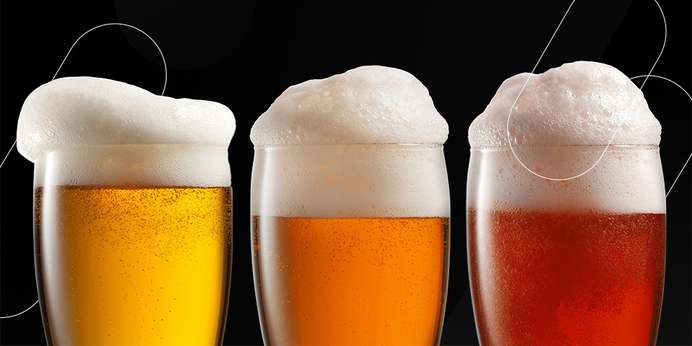Why Should You Measure the Color of Beer?
The color of beer is a clear indication of the drink's flavor and quality. As with any food or beverage, the beer's color significantly affects a consumer's opinion of the product. The beverage must meet the recommended color standards for that particular type of beer. For example, if a consumer wants a stout, which is one of the darker beers, and receives a pale orange beer instead, they will be concerned about the quality.
It's important for brewers to measure the color of each batch to ensure the beer matches the correct number on the Standard Reference Method (SRM) scale. If the beer does not meet industry color standards, there may be something wrong with the overall quality. Additionally, measuring the color of your beer helps you maintain product consistency, especially if you produce large batches.
The Most Effective Way to Measure Beer Color
Many brewers can tell their beer is not the right color by simply looking at it, but this task becomes more complicated when there are large volumes of beer to inspect. Also, in general, analyzing the color of beer visually can be misleading and subjective. Various factors, such as the amount of lighting, eye fatigue, and color blindness, affect the way humans perceive color.
The SRM scale provides a controlled reference point for beer brewers to ensure their beverage meets industry standards. The best way to compare your beer to the numbers on the SRM scale is to measure the beverage's color with a spectrophotometer. These advanced devices quickly analyze the way beer transmits and reflects light. Spectrophotometers also measure the haze of beer to determine whether the beverage is too transparent or opaque.


